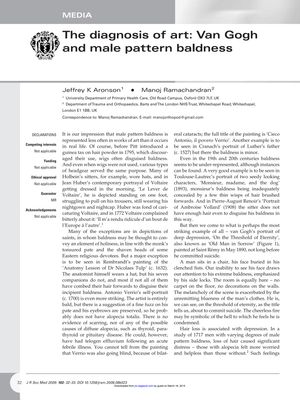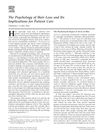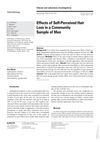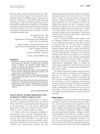The Diagnosis of Art: Van Gogh and Male Pattern Baldness
January 2009
in “
Journal of the Royal Society of Medicine
”

TLDR Art often hides male pattern baldness, but van Gogh's work links it to depression.
The document discusses the underrepresentation of male pattern baldness in art compared to its prevalence in real life, noting that wigs and headgear often concealed baldness historically. The authors mention several exceptions where baldness is depicted, such as in Rembrandt's "Anatomy Lesson of Dr Nicolaes Tulp" and Antonio Verrio's self-portrait. They highlight van Gogh's "On the Threshold of Eternity" as a striking example of baldness associated with depression. The document references a study of 1,717 men that found hair loss caused significant distress, with those experiencing alopecia feeling more worried and helpless. Additionally, a Korean study indicated that over 90% of participants perceived balding men as older and less attractive, especially among women. The effects of hair loss on self-perception are greater in younger men and can lead to social anxiety and depression. The authors suggest that van Gogh, who was not severely bald himself, intuitively associated severe baldness with the depressive state he sought to depict in his art.





